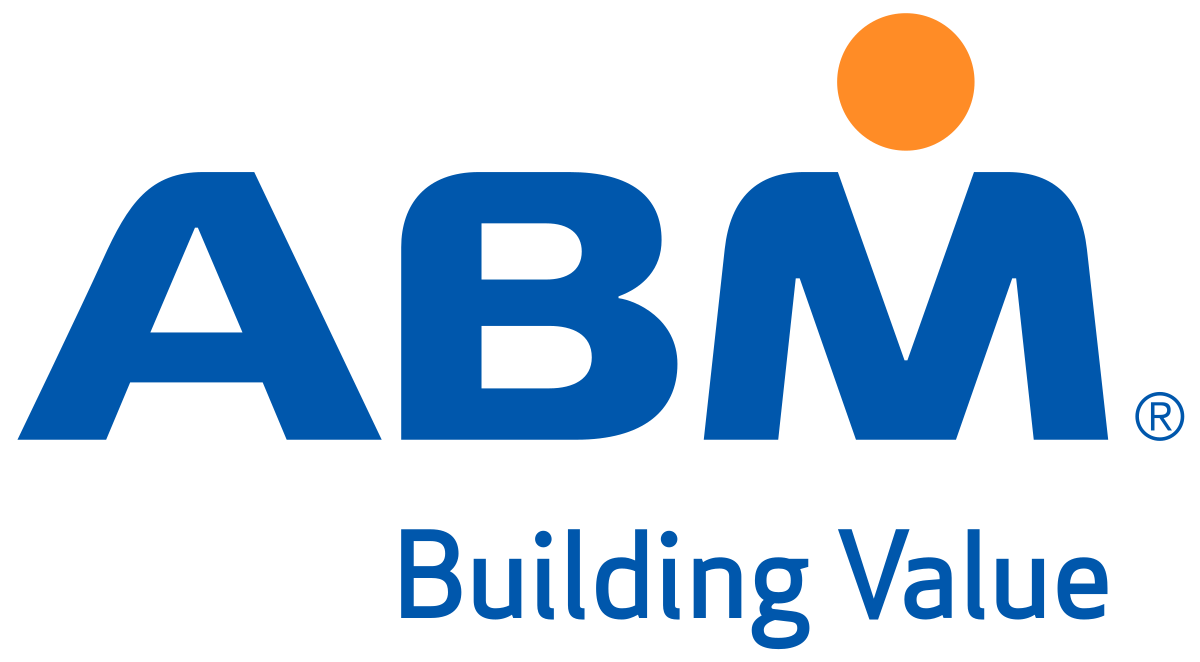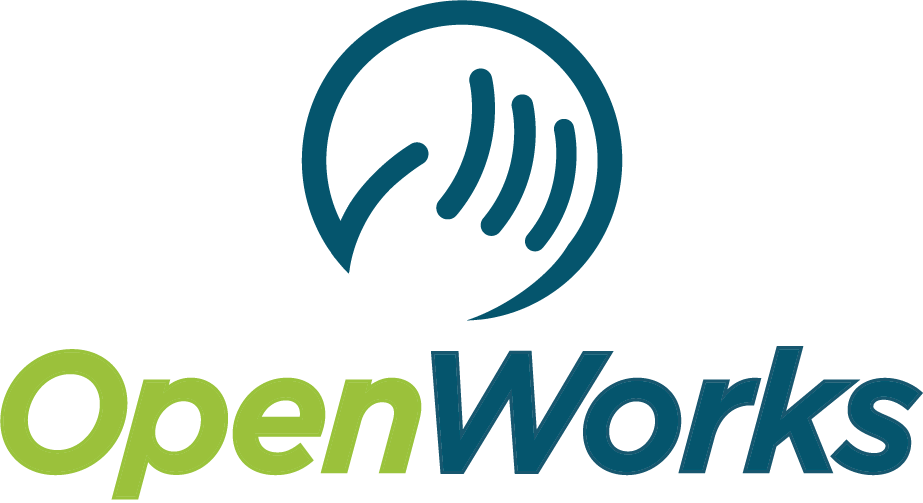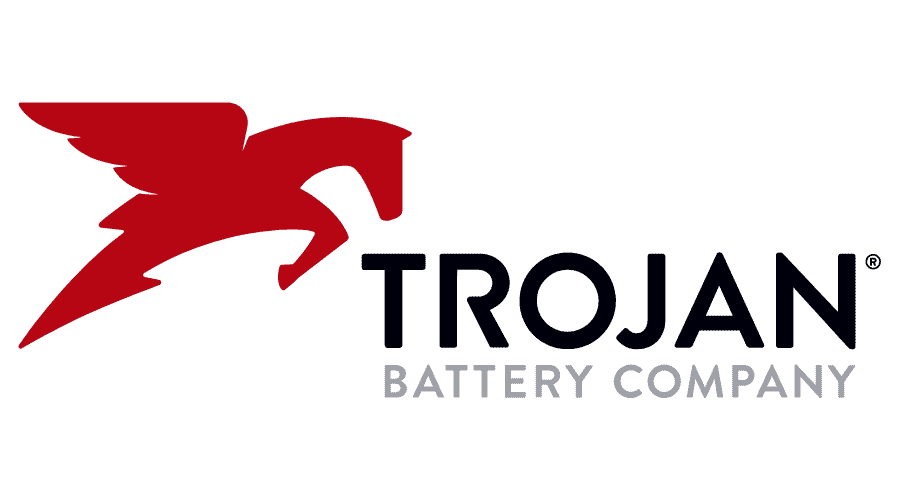Streamlining GSA’s Capital Investment and Leasing Program
U.S. General Services Administration, 2003
By leveraging on existing technologies, the PBS Office of Portfolio Management led a team to develop a family of electronic tools that have made GSA’s Capital Investment and Leasing Program (CILP) operate more efficiently.
Through the CILP, GSA allocates over one billion dollars of capital annually to maintain aging assets, acquire new or replacement assets, and meet the dynamic requirements of its Federal tenants. Since GSA’s real property assets have a significant backlog of repairs and it is likely that the agency will receive less additional direct appropriations in the future, GSA has become more reliant on the viability on its own Federal Buildings Fund. Therefore, due diligence is necessary in ensuring that PBS makes investment decisions that are optimal for its portfolio and the taxpayer.
The CILP entails a deliberate process with many parts that can consume insignificant human and paper resources. If not managed properly, the CILP can lead to poor communication among those whose expertise is essential to the optimal allocation of capital. The regional offices propose and justify their capital investment needs by completing several studies and analyses for each proposed project. Before these projects can be undertaken, their justifications undergo continual scrutiny and iterative refinements as the proposals are approved by GSA Headquarters, the Office of Management and Budget (OMB), and finally Congress.
The continual refinement of proposals can lead to confusion about whether modifications have been made or clearances granted to a project proposal. Other dynamic elements that the CILP must handle are changing OMB guidelines and unexpected Congressional authorizations of projects. These events affect GSA’s capital investment strategy making it crucial that all GSA business lines and regions have current information.
In the spirit of the President’s E-Government goal of improving government efficiency and effectiveness, the CILP has incorporated the following four new improvements that have made the process more user-friendly, accessible, flexible, coordinated, and current.
- Website that disseminates the latest CILP instructions, OMB policy changes and Congressional news. The web site ensures that all PBS associates have the same current information.
- Web-enabled The Automated Prospectus System (TAPS), OMB’s primary financial justification for a project. The TAPS can now be done in half the time with dramatically fewer errors.
- Instantaneous transmission of each region’s CILP proposal through the Project Information Portal. The labor-intensive task of compiling paper binders to be submitted to PBS Central Office is no longer necessary.
- Current information about any project and its current status in the approval process through the Project Information Portal. This invites the collaboration of those who have technical expertise with those who have project-specific knowledge.
For more information, contact Mr. Dennis Ryan at 202-501-1857 via e-mail at dennis.ryan@gsa.gov.




